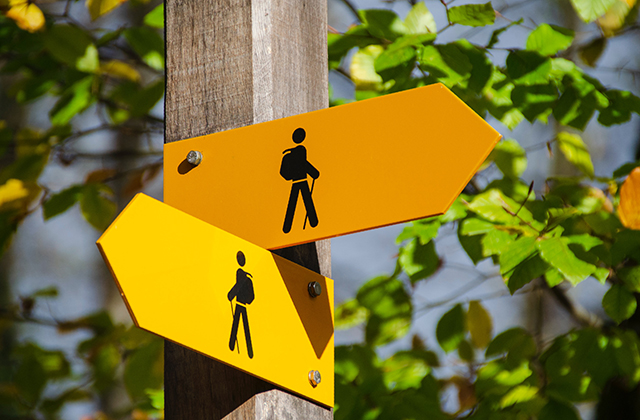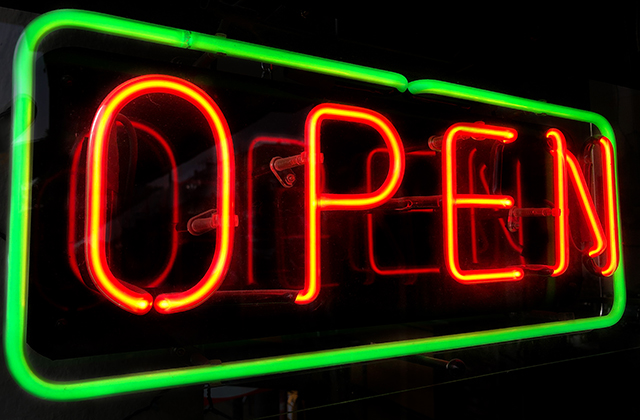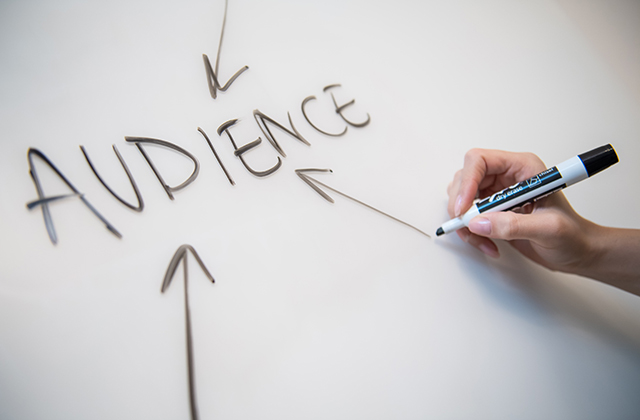Introduction
Signwriting is a process that involves writing on or creating signs for commercial businesses. These signs are usually made of metal, plastic or wood and can be in a range of shapes and sizes. While the actual process of signwriting may seem simple enough—just write on it—there is actually quite a bit that goes into it. We’ll look at what exactly signwriting entails, where this popular art comes from, and why you should consider hiring a professional if you want one made for your business or personal use.
What Is Signwriting?
Signwriting is the process of creating signs. Signs are often used to advertise businesses and products, but they can also be used to display information. Signs can be simple or complex in nature. Stickers Sydney are also involve during the implementation of your signage to your car or your establishment.
Signs are made from a variety of materials such as wood, metal and plastic. The type of material that you choose for your sign will depend upon how long you want it to last and how much money you want to spend on it. For example, if you’re making a small sign for an office window then it won’t need to last very long so perhaps something like cardboard would work well as this will be cheaper than other options (but still looks professional). However if this same company wanted something more permanent then they might choose wood instead since this lasts longer than cardboard does because it doesn’t rot away like paper does over time when exposed outdoors regularly under high temperatures etcetera…
History of Signwriting
Signwriting is a very old art form. In fact, the practice of using signs to communicate dates back to ancient civilizations. The Egyptians were known to use hieroglyphics on their monuments and temples, while the Romans used signs to mark their roads with directions and warnings.
In more recent times, signwriting has been used by businesses all over the world as an effective way of communicating with customers and potential clients.
Types of Signs
There are many different types of signs, each with its own purpose. Signs can be used to market a business, direct traffic or inform people about things like emergency information or safety instructions.
There are two main types of signs: permanent and temporary. Permanent signs include neon signs, light box signage and sandwich boards; the latter is usually made from corrugated plastic or metal which makes it easy to transport from place-to-place without damaging the design or message being displayed on them (sandwiches). Temporary signs have much shorter lifespans than their permanent counterparts but they’re also cheaper and easier to make because they don’t require any construction work on site – just stick them up!
Styles of Signwriting
Signwriting styles are usually categorized by the era they were popular. These include:
- Art Deco
- Modernist
- Victorian
- Edwardian
- Edwardian Script (or “fancy” script) is a cursive style of lettering that emerged during the reign of King Edward VII (1901-1910). It is sometimes referred to as “Copperplate Script,” as it was often used on engraved copperplates in books and newspapers during this period. The letters have rounded bottoms and are connected by long curving strokes at their tops, giving them an almost cursive appearance when written quickly with a pen or brushstroke by hand rather than being printed from metal type via a printing press using movable type technology like those used by Gutenberg hundreds years earlier!
Materials and Methods Used in Signwriting
There are many different materials and methods used in signwriting. The most traditional method is to use a brush and ink to create signs, but there are also options like airbrushing and laser engraving. Signwriters also use many different tools to help them create their pieces, such as stencils or rulers. While some signwriters may prefer to work with traditional techniques (like paint brushes), others have come up with new ways of making signs that can be just as effective–or even more so!
Common Problems with Signwriting
So, what are some of the common problems with signwriting?
- Signs that are not well-lit. This is a problem that often goes hand in hand with poor visibility and can be difficult to rectify. If you have a sign that’s hard to read because it’s too dark, try adding more light around your business or on the building itself. If that doesn’t work, consider changing the color scheme of your signs so they stand out more against their background (e.g., making them black lettering on white background).
- Signs that are not visible enough due to distance: This can be remedied by making sure there are no obstacles between where someone would see your sign and where they actually stand when looking at it; if there are trees or buildings blocking their view of something as simple as an arrow pointing towards your door/window/etc., then this may be why people aren’t finding their way into your store easily enough!
While signwriting may seem like a simple process, there are actually a lot of things that go into it.
While signwriting may seem like a simple process, there are actually a lot of things that go into it. Signwriters must have an artistic eye and be able to create designs based on the customer’s needs. They also need to be able to use tools such as paint brushes, stencils and spray guns effectively in order to make sure their work comes out looking good.
Signwriting involves many different materials including paint or ink depending on what type of sign you are making (for example: neon signs require neon tube lights). The material used depends on whether or not you want your sign painted with color or black/white only; this will affect how much time it takes for your signwriter to complete their job because some materials take longer than others do when being painted over with new colors repeatedly during each step in production process
Conclusion
Signwriting is a complex art that has been around for centuries. It’s not just about making signs and writing on them–there are many different types and styles of signwriting, each with their own history and traditions. The materials used can also vary depending on what type of sign you want made (wooden boards versus plastic sheets). In this article, we covered some basic information about how signwriting works so that you can make an informed decision when hiring someone for this service! Absolute Sign Solutions also do print for billboard signage on the side of a building or a separate structure with some advertising.


